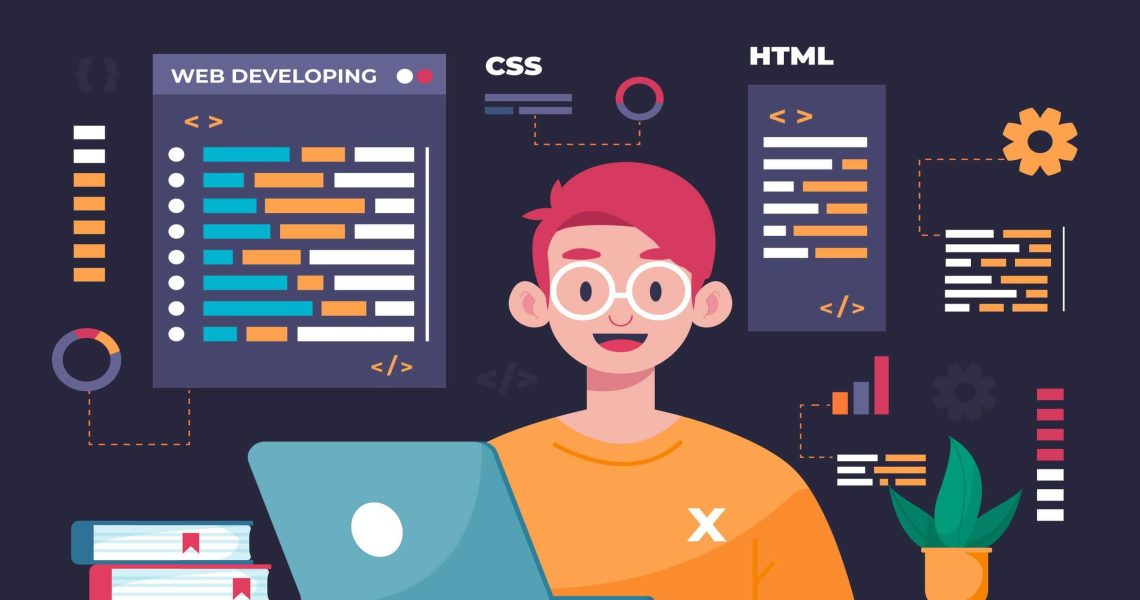Before beginning the design process, expert designers conduct research to gain key insights into their audience demographics and behavior patterns. The site then be tailored to appeal to the intended audience and help accomplish the business goals. Misunderstanding audience needs or lacking clearly defined goals leads to a disjointed and ineffective website.
Focus on user experience and navigation
Skilled web designers know a beautifully styled site is meaningless if users can’t easily interact with it. Their focus is on user experience (UX) and navigation when planning site architecture and layouts. Simple, intuitive navigation schemes allow customers to find what they need quickly. Interface elements and interactive features are designed for maximum usability. Expert designers avoid design choices that prioritize visual appeal over function. They balance aesthetics and UX to create sites that are both nice to look at and easy to use. Keeping the focus on user experience helps satisfy and retain customers.
Use visual hierarchy and contrast
An aesthetically pleasing yet functional site requires careful use of visual hierarchy and contrast. web design agency in toronto pros understand how to make key content stand out through the smart use of colors, fonts, shapes, white space, alignments, and sizes. For example, they use larger or bolder fonts to emphasize headings, more prominent colors to highlight important buttons or CTAs, and generous white space to direct focus. Implementing an intelligent visual hierarchy allows designers to establish clear relationships between elements and guide the user’s eye to the most crucial information.
It creates organized, uncluttered layouts that don’t overwhelm. Subtle but effective use of contrast adds visual interest that keeps visitors engaged as they scan pages. Skilled designers know that cramming too many design elements onto a page looks unpolished and distracts users. Simplicity doesn’t have to be boring. Expert designers incorporate their creative style through things like animated graphics, custom illustrations, unique color palettes, or bold typography.
Design for all devices
Today’s web users access the internet on multiple devices with varying screen sizes. Custom web design experts understand the importance of responsive and adaptive design that dynamically adjusts to look great on smartphones, laptops, tablets, desktop PCs, and everything in between. Adaptable images, text, and interface elements prevent awkward layouts and horizontal scrolling when viewing on smaller mobile screens. With more global web use happening on phones and tablets, designing for all devices is now an essential best practice.
Focus on speed and performance
Web performance factors like page loading times and bandwidth consumption are often overlooked. Professionals know even fractionally slower sites increase bounce rates and undermine SEO. They take measures to maximize performance, like compressing images, reducing HTTP requests, implementing browser caching, and choosing lightweight fonts. Expert designers also optimize code efficiency and follow performance best practices during development. They test sites regularly on different networks and devices.
Make mobile optimization a priority
Alongside designing for diverse devices, professionals also ensure sites are fully optimized for the mobile experience. More website visits now originate from smartphones than desktops, so a mobile-first approach is key. To transform sites for mobile users, designers use practices like enlarging touch targets, minimizing vertical scrolling, and removing unnecessary elements that clutter small screens. Clear call-to-action buttons and simplified navigation keep mobile users focused on key tasks. Optimization for faster mobile page speeds and reduced data usage also improves user experience.



